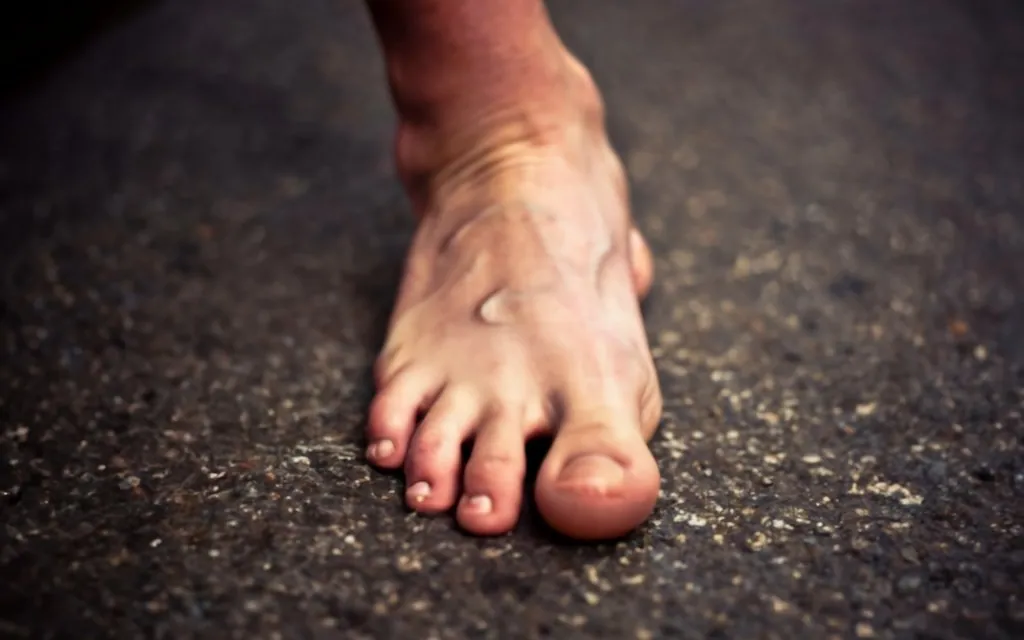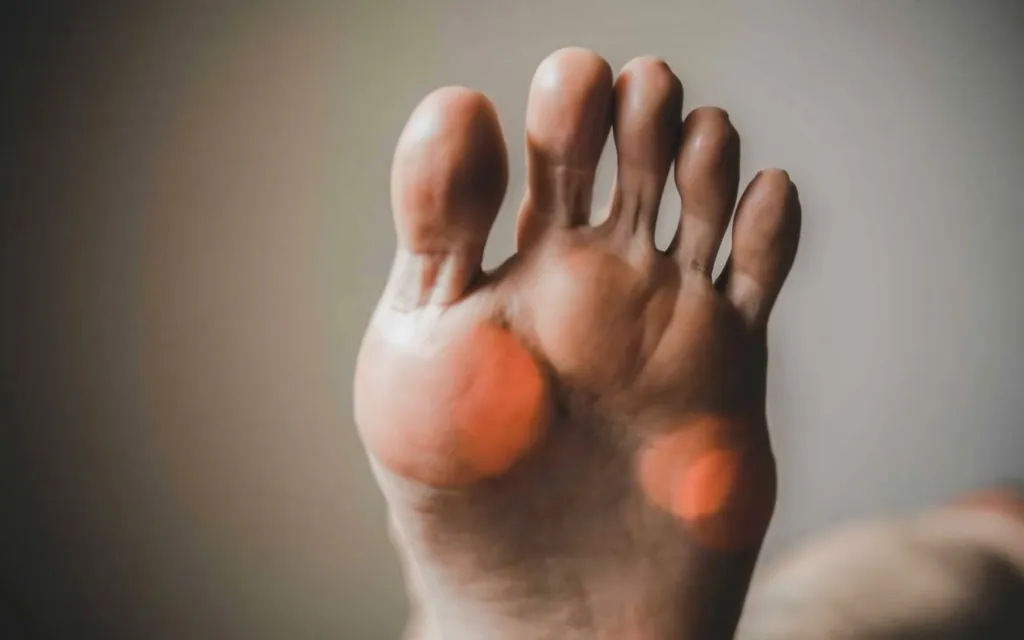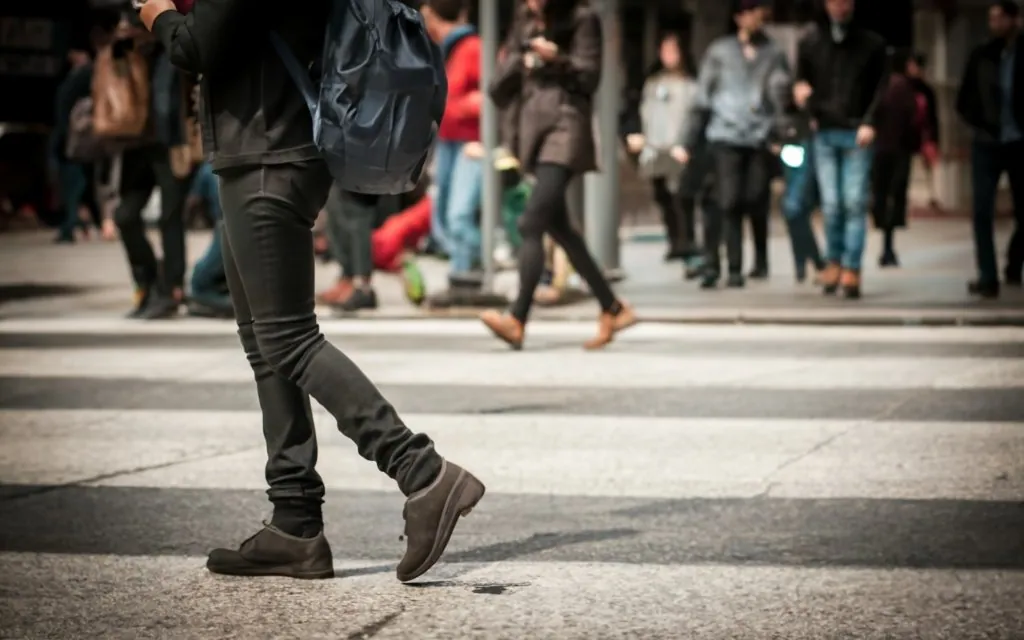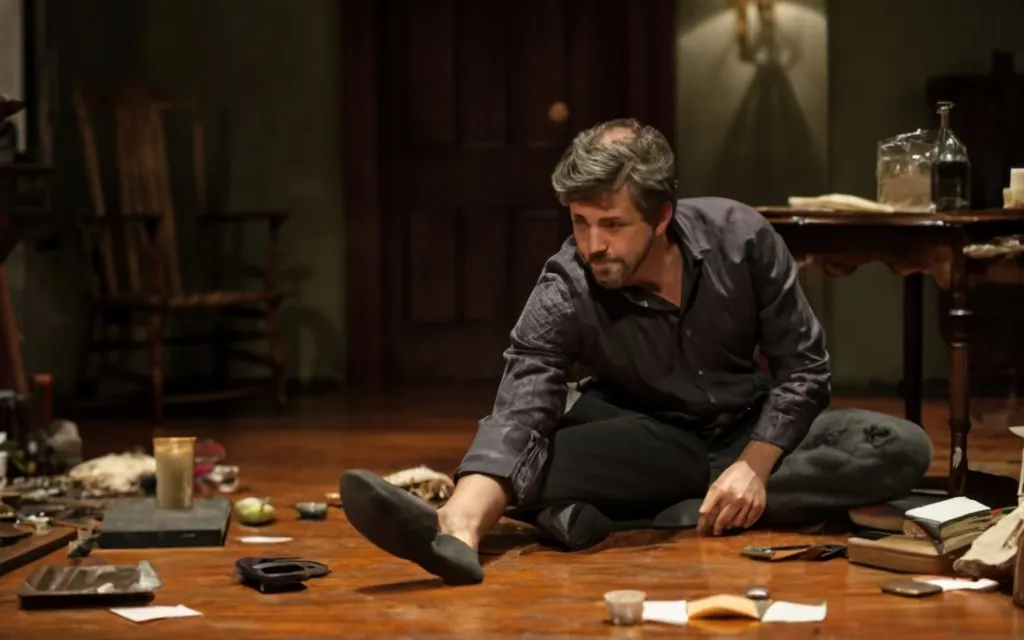The Agony of a Stubbed Toe: A Deep Dive into Pain, Recovery, and Prevention. Stubbing a toe can cause excruciating pain, even for the most resilient. It’s a sudden crescendo in the symphony of life. Embarking on a journey of comprehensive exploration, we delve into the multifaceted global of stubbed toes. This journey transcends the discomfort of the stage, prompting us to uncover the nuanced meaning behind the pain, navigate the diverse potential consequences, and discover effective healing techniques.
The Meaning of a Stubbed Toe

Far from an insignificant temporary twinge, stubbing a toe evolves into a long-lasting revel, leaving us no longer most effective with pain but also with consequences etched on the canvas of our bodily selves. Whether it displays as an accidental bump, a violent bang, or a downright busted toe, the spectrum of pain extends from a nonpermanent sting to a persistent, nagging pain.
This activates us to ponder: what does it virtually imply to have a stubbed toe, and how can we fathom the depth of its effect on our daily lives? The phrase “I stubbed my toe, and it still hurts” is something we can all relate to. It captures the shared experience of enduring pain after an unexpected incident.
However, the aftermath of a stubbed toe is a highly individualized experience, with the recovery process varying widely from person to person and incident to incident. In the blog, we will discuss the intricacies of dealing with the pain, provide a roadmap for relief, and discuss the pivotal role of proactive prevention in averting future stubbed toes. As we keep these stubbed feet, allow us to know the shared experience that unites us all in the face of sudden ache, and let this expertise guide us closer to an extra cushy and resilient restoration.
How do we injure our Toes ?

Bleeding Under Toenail:
One commonplace aftermath of a stubbed toe is bleeding below the toenail, in which the impact can rupture blood vessels, leading to discoloration and a buildup of blood below the nail.
Understanding the subtleties of this outcome is essential for robust recuperation and ache control.
Broken Stubbed Toe:
In extra intense cases, a stubbed toe can result in a fracture, intensifying the ache related to the harm. Proper care becomes vital for a complete restoration, necessitating a more profound knowledge of the signs and symptoms indicating a doubtlessly damaged toe.
Swollen and Bruised Toes:
The impact from stubbing a toe can lead to swelling and bruising, especially in smaller feet like the pinky toe. Mastery of manipulating these symptoms becomes paramount for a fast and snug recovery, elevating the importance of submit-stubbing care.
Relief from a Stubbed Toe

Relief from a stubbed toe may be done via an aggregate of instantaneous care and ongoing measures. Here’s a step-by-step manual to help alleviate the ache and sell a quicker recovery:
Pause and Assess:
- As soon as you stub your toe, withstand the urge to keep moving immediately.
- Sit down and take a second to assess the severity of the damage.
Elevate Your Foot:
- If viable, increase your foot to lessen blood flow to the injured toe and reduce swelling.
- Prop your foot up on a pillow or a cushion to maintain it increased.
Apply Ice Packs:
- Ice numbs the ache and decreases swelling.
- Place an ice pack or a bag of frozen peas wrapped in a thin fabric at the injured toe for about 15-20 minutes every hour.
Use Pain Relievers:
- Over-the-counter pain relievers, including ibuprofen or acetaminophen, can assist in manipulating aches and decrease infection.
- Follow the endorsed dosage on the drug label.
Rest Your Toe:
- Avoid setting unnecessary strain on the injured toe.
- Opt for activities that allow your foot to rest and chorus from placing weight on the affected toe each time viable.
Protect the Toe:
- Consider the usage of a bandage or tape to gently wrap the injured toe to offer assistance and safety.
- Wear snug, open-toed footwear to prevent additional stress on the toe.
Check for Signs of Serious Injury:
- Keep an eye fixed for symptoms of more severe harm, extreme and chronic aches, problems moving the toe, or discoloration under the toenail.
- If you believe you studied a fracture or if the pain persists, seek advice from a healthcare expert for a radical examination.
Warm Water Soak:
Soaking your foot in heat water can assist in loosening up the muscle tissues and provide relief.
Add Epsom salts to the water to sell relaxation.
Gentle Massage:
After the preliminary swelling has subsided, gently rub down the injured toe to stimulate blood movement and sell restoration.
Use a topical pain-relieving cream if favored.
Continue Monitoring and Rest:
Keep an eye on the recovery development and retain to take it clean.
Gradually reintroduce everyday activities as the ache diminishes and mobility improves.
Remember, even as those steps can help manage the ache and aid recuperation, it is critical to look for medical attention if you suspect an extra severe injury, including a fracture, or if there are signs and symptoms of contamination. Always pay attention to your body and discuss with a healthcare expert for personalized advice based on your unique state of affairs.
How To Prevent Getting Stubbed Toe ?

- Check for Signs of Serious Injury:
Vigilance is vital; persistent pain or signs of a more severe injury, such as a blackened nail or difficulty moving the toe, necessitate prompt medical attention. - Preventing Future Stubbed Toes:
“I keep stubbing my toes” – a shared frustration many grapple with. Adopting proactive measures is essential to mitigate the agony of recurring stubbed toes. - Clear Obstacles:
Maintain clear walkways, free of clutter and obstacles, to minimize the risk of stubbing your toe, a simple yet effective prevention strategy. - Wear Proper Footwear:
Choosing footwear that provides adequate protection, especially in environments predisposed to toe injuries, is an investment in preventative care. - Mindful Steps: Heighten awareness of your surroundings, particularly in low-light conditions where obstacles may be more challenging to discern. Practicing mindfulness in every step becomes a proactive strategy to avoid future toe-related mishaps.
Keep Relief Within Reach:
As we conclude this exploration into the world of stubbed toes, let the overarching message be one of hope and empowerment. The next time you find yourself wincing in pain, remember that relief is not an elusive concept. It is within reach, awaiting your acknowledgment, care, and attention. Understanding the meaning, navigating the aftermath, and embracing preventative measures pave the way for a faster, more comfortable recovery.
Conclusion:
In the grand scheme of life’s challenges, a stubbed toe may appear as a trivial inconvenience, but its impact is both significant and enduring. It transcends the realms of a mere physical ailment, offering insights into our threshold for pain, the intricacies of recovery, and the importance of preventative measures. As we draw our exploration to a close, it’s essential to recognize that the aftermath of a stubbed toe is not merely a momentary twinge but a narrative of resilience, healing, and a shared human experience.
So, let the cry of “I stubbed my toe” be a rallying call to a community bound by shared experiences, and may your journey through the intricacies of pain and recovery be a testament to the resilience inherent in the human experience.
Please share your thoughts in comment, at prolife360 we are open to friendly suggestions and helpful inputs to keep awareness at peak.

